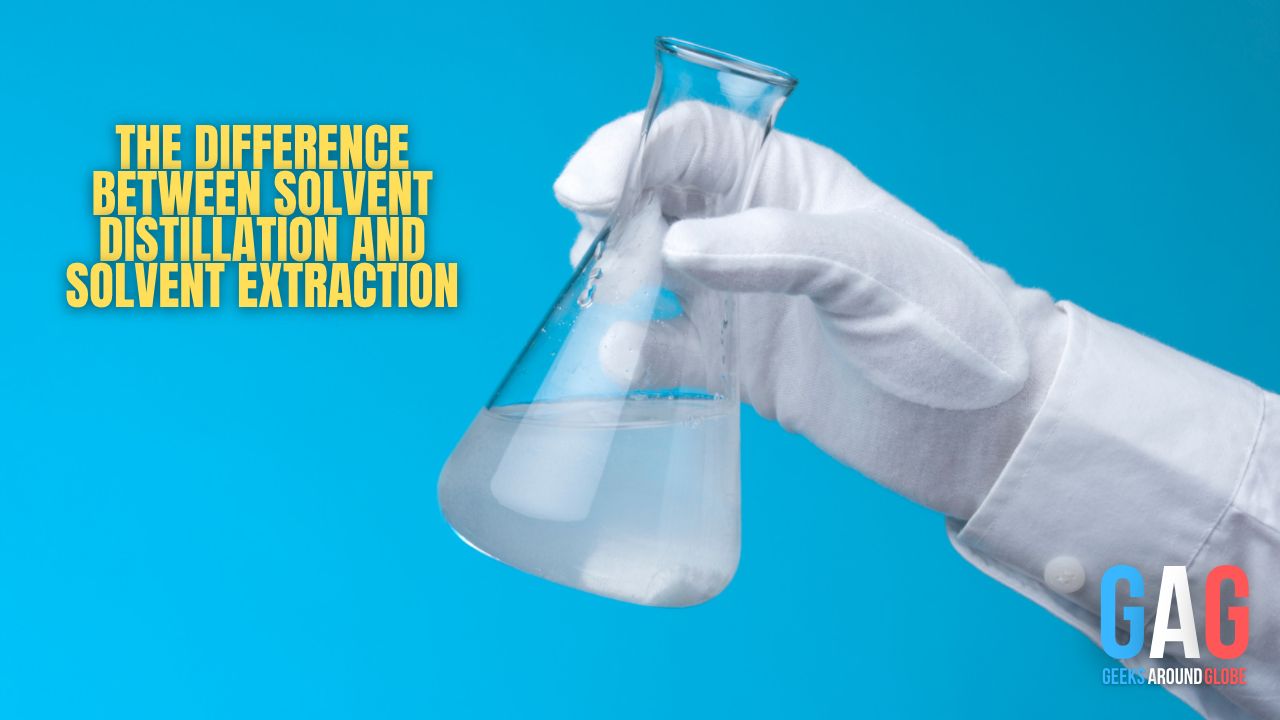Solvents are used in all kinds of industries to dissolve other substances. In most cases, the solutions being affected by the solvent are referred to as solutes. When a solvent is applied to the solute compound of a solution, chemical processes break down the bonds of the solute to dissolve the product.
During this process, used solvents can become polluted, rendering them inadequate for further processing. This is especially true when working with complex chemical agents that contain many different compounds. To get more life out of a solvent after it has been used, you can employ recycling methods like solvent distillation to refine spent chemicals and render them into virgin or near-virgin quality.
How Does Solvent Distillation Work?
If you wanted to purchase solvent distillation equipment today, there are a range of machines that can automate the distillation process. Solvent distillation systems can vary based on the type and volume of solvent you work with, but most standard products can be distilled. In some cases, industrial solvent distillation systems will need to be integrated into a facility’s manufacturing lines, while in others, small-scale systems may be more appropriate.
The distillation process typically involves heating spent chemical agents to a specific temperature at which vapor is produced. Solvent recycling systems will capture and channel this vapor to a storage container. Much like other forms of distillation, the waste left behind will need to be properly disposed of while the distilled product will be free from contaminants.
Once a solvent has been distilled, the refined product can usually be used again as if it were new. It should be noted that the volume of clean solvent generated from the distillation process may be lesser than the original volume.
What Is Solvent Extraction?
Solvent extraction is another method of chemical processing that removes impurities from solvents. Extraction can be used to process solvents in liquid and solid form, but distillation requires that a solvent be in liquid form only.
Extraction is completed by introducing chemicals to a solvent that separate the compounds within the product. In most cases, this is done using a targeted approach that causes specific compounds to sink or float. The resulting mixture can then be treated to remove debris or waste that has sunk to the bottom or that floats on the surface.
Which Options Are Best?
As for whether extraction or distillation is best will depend on the type of chemicals being treated and the industry using these processes. In the petrochemical industry, distillation is often the preferred method of refining solvents. In the pharmaceutical industry, extraction is often utilized more often. Extraction is also relied upon by industries that need to separate organic compounds.
Both methods have their benefits, but which one you use is often determined by the types of solvents you use and the level of refinement you require. Distillation is usually a good choice for refining a product that has a smaller amount of compounds in a mixture, but extraction can be more useful if a mixture is complex or complicated.
Proper Disposal Of Waste
As mentioned above, waste that is left over from both the distillation and extraction processes must be disposed of properly. In either type of process, waste products can be hazardous to the environment and toxic to human, animal and plant life.
In order to dispose of solvent waste correctly, it’s always best to follow guidelines set by the Environmental Protection Agency and any local or state ordinances. Different areas have different rules regarding how solvent waste can be disposed of and how it must be handled prior to, during and after processing.







